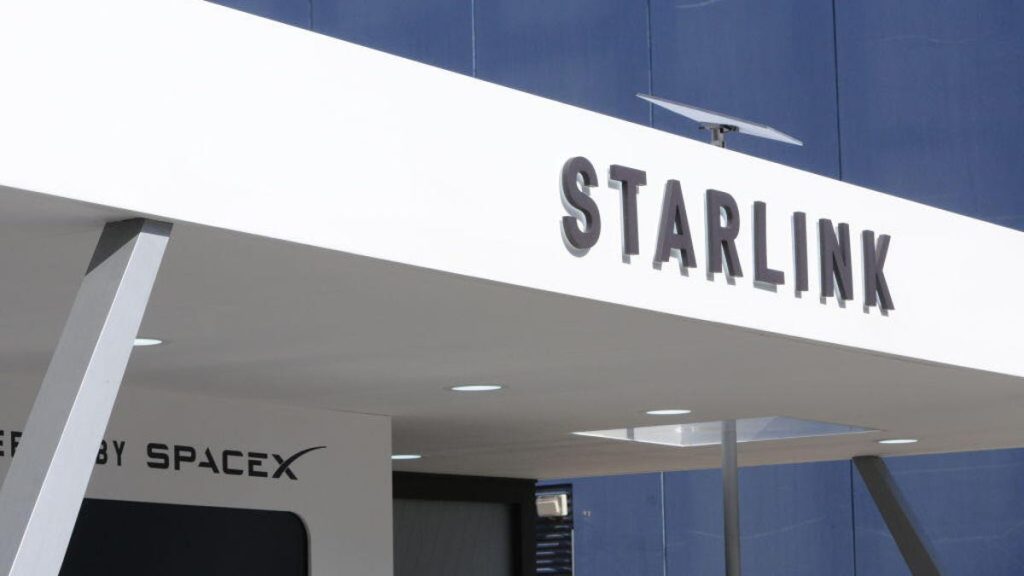The National Telecommunications and Information Administration recently released guidance for states on how to use Broadband Equity, Access, and Deployment funding, allowing for the consideration of alternative technologies like low-Earth orbit satellites for areas without access to high-speed internet. The BEAD program, with $42.5 billion in funding, requires projects to meet a minimum speed requirement set by the FCC. While fiber infrastructure is still the priority, states can now explore other options for areas where traditional providers are not available, benefiting companies like Starlink.
States applying for funding must prioritize technologies like fiber, cable, licensed fixed wireless, and DSL, but can consider alternative options like unlicensed fixed wireless and low-Earth orbit satellites in areas without existing providers or where deployment is too costly. This change opens the door for providers like Starlink, the only low-Earth orbit satellite provider currently operating in the US, to potentially bid on projects. However, there are concerns about whether Starlink can meet the speed and latency requirements set by BEAD, as recent data shows its speeds are below the mandated thresholds.
The guidance from the NTIA specifies that for Starlink to be eligible for BEAD funding, there must be no existing government program funding alternative technologies in the area and no provider offering service that meets the program’s requirements. This creates opportunities for Starlink to provide service in exceptionally rural and hard-to-reach areas, but there are doubts about the scalability and long-term viability of the service. BEAD funding will also help cover equipment costs for Starlink, which can be substantial compared to other providers, ensuring that installation and equipment costs are not a barrier to adoption.
Affordability is a key component of the BEAD program, requiring internet providers to offer high-quality broadband services at reasonable prices to middle-class families. Starlink’s residential internet plan costs $120 per month, with equipment fees ranging from $299 to $499, which could be subsidized under BEAD to make the service accessible in high-cost areas. The requirement to include equipment costs in the funding will help address one of the major barriers for potential Starlink users. While Starlink has not commented on the guidance, the company’s eligibility for BEAD funding and its ability to meet the program’s criteria will be important factors to monitor as the program unfolds.


